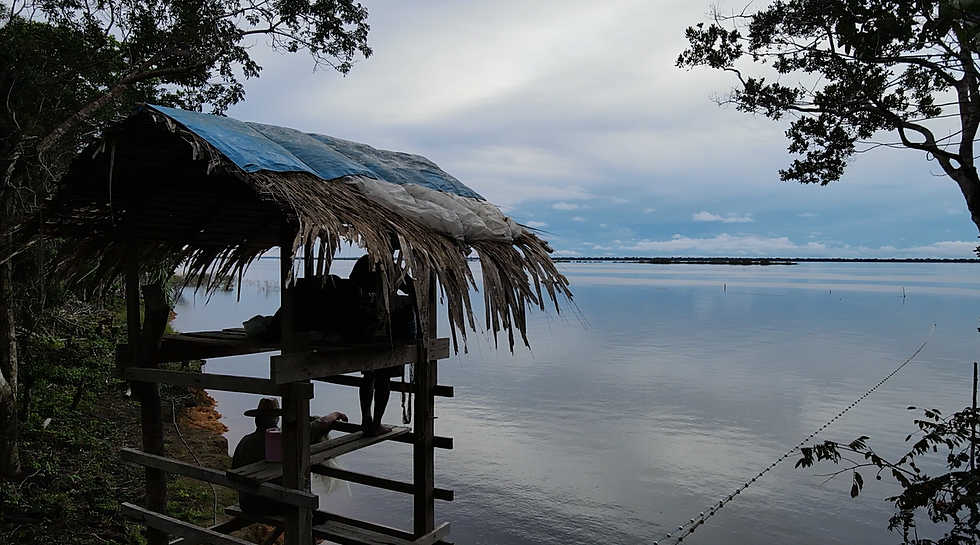The tourism value chain in the region of the RDS of Rio Negro and the RDS of Puranga Conquista has become a preponderant activity in the region, especially for those who previously carried out activities typified by environmental legislation as predatory and illegal, such as logging. Belonging to the Lower Rio Negro Mosaic of Conservation Units, these two conservation units develop activities in the area of community-based tourism, receiving visitors from different parts of Brazil and the world.
The relationship with non-governmental organizations and universities has enabled the creation of partnerships that promote learning and the exchange of knowledge for the development of tourism in the region. It is important to highlight that communities have distinct characteristics and use these specificities in offering tourist attractions. In some, for example, the main attraction is handicrafts, in others, the trails, while in others, a more advanced and complete organization stands out that allows several activities in the same tourist enterprise, including night walks and boat trips that they even allow interaction with dolphins, among other natural and cultural attractions.
This context points to the consolidation and development of community-based tourism as a value chain that protects the ecosystem and leverages the region's residents as protagonists.





